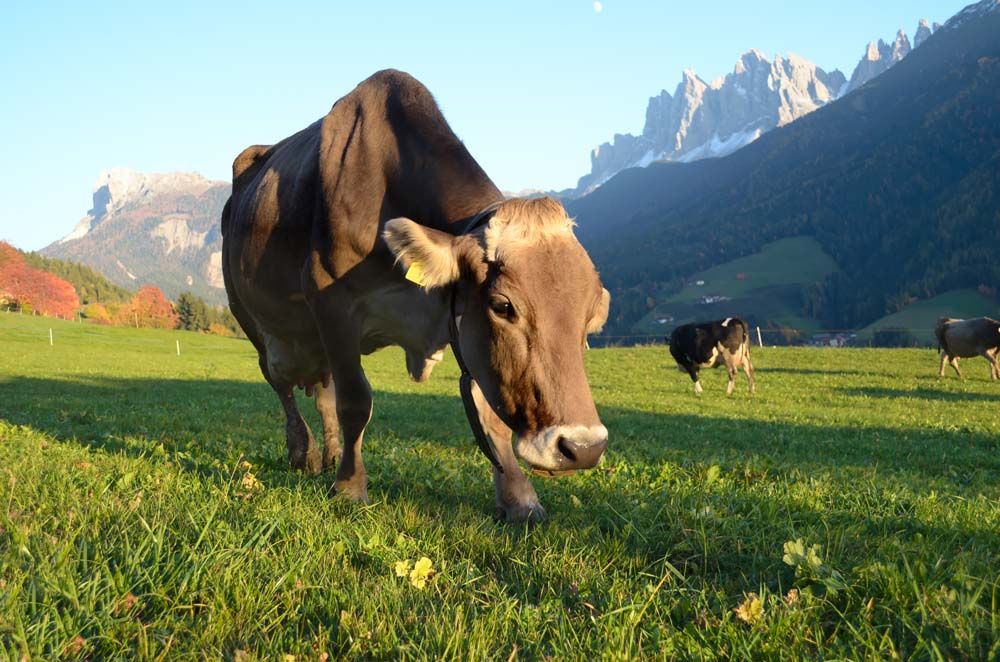New Puppy Checklist
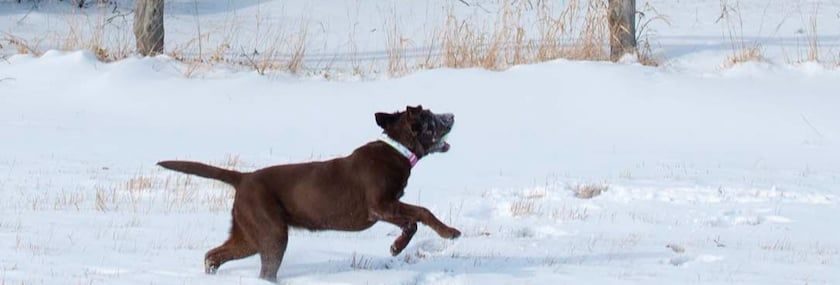

Getting a new pup for the new year? You need these 8 tips
It’s a new year—why not start it off with a new puppy? Whether you’re looking for the perfect dog for farm work (Australian Cattle Dog, Welsh Corgi, Border Collie) or just want a dog who will be a happy companion while you do the chores (Golden Retriever, anyone?), a farm just doesn’t seem complete without the right dog.
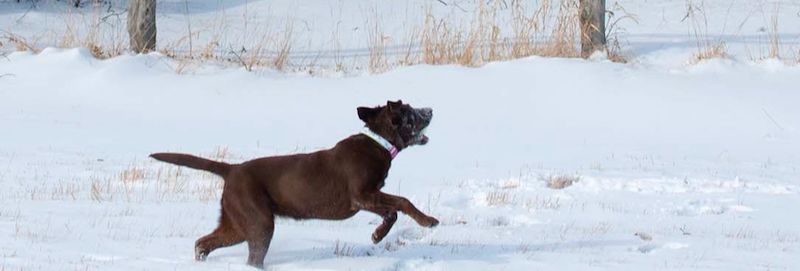
Before you bring home your new pup, you’ll want to have a few useful items on hand and consider a few important points. Check out our checklist for ideas:
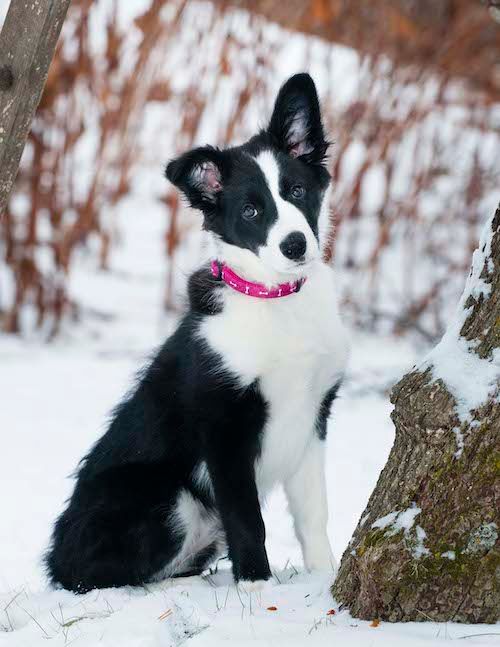
1. Choose a crate
Many puppy experts agree that crate training is very beneficial to young puppies. A crate gives a puppy a safe and comfortable place that is exclusively theirs—a secure “den” and a place to sleep, but also a place to go relax if they’d like some quiet time to themselves. Crates may also help with your puppy’s housetraining needs. But it’s important to choose a crate that is the appropriate size—not so small that it’s cramped or uncomfortable, but not so large that they your puppy might be prone to housetraining accidents inside the crate. Be sure to have some soft puppy-safe bedding in there too!
2. Have toys on hand
While your new puppy will probably spend a lot of time sleeping (it’s sometimes comical how quickly they can go from full-speed running to sacked-out snoring), he’ll need some fun toys around for playing and to satisfy his need to chew.
3. Prepare puppy food and bowls
When using a commercial dog food, be sure to choose a puppy-specific formula, rather than the same formula you might feed your older dogs. And you’ll obviously want some puppy-sized food and water bowls.
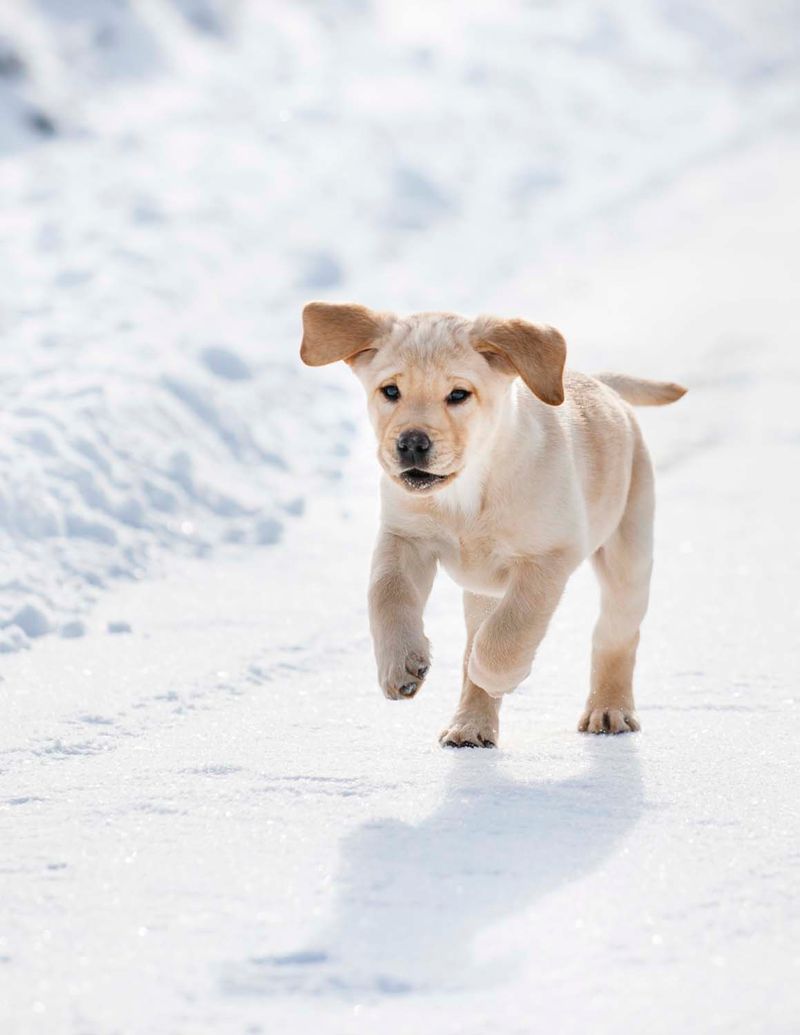
4. Stock up on grooming tools
If you don’t already have some dog grooming supplies (brushes, slickers, nail trimmers), you’ll want to stock up prior to your puppy’s arrival. And if you do already have some dog grooming tools around the house, maybe now is a good time to look them over and see if some fresh replacements might be in order!
5. Perform tricks with treats
Your new puppy has a lot to learn during the first few months of his life—basic commands like sit and stay, as well as proper leash, housetraining, and socialization behavior. All of this will likely be made easier with a few treats on hand! Later, when your puppy is much older, you might consider additional training with livestock or other tasks to help him become a working dog for your farm or ranch.
6. Consider other pets
Other pets in the house may or may not enjoy the idea of a new puppy, so you’ll want to make introductions slowly, and be sure to make an extra effort not to ignore older dogs who might become a tad jealous of the new arrival’s attention. Early encounters may need to be kept brief and upbeat, so that both parties view it as a positive experience. Adult cats in particular may need plenty of space and time while they get used to this new addition to their environment.
7. Say ‘Tag, you’re it!’
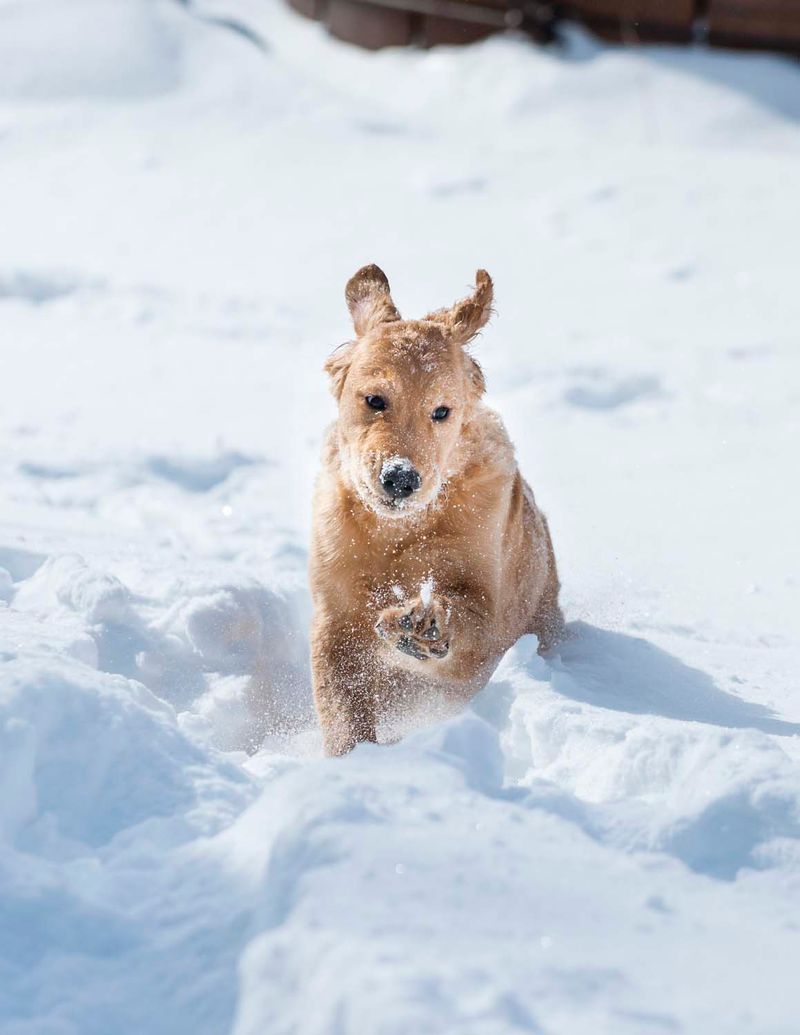
Your new puppy may be microchipped, but you’ll still need a nice collar for him. You might use the collar for leash training (or you might use a harness, depending on the breed and the puppy’s personality), but you’ll definitely need it for tags. A personalized name and address tag is always nice, and your puppy will need the collar later on for his immunization and registration tags.
8. Give lots of love
Finally, make sure to shower your puppy with plenty of love and attention after he arrives. The love part will probably be easy, but do make sure that you supply the right dose of time as well. Dogs instinctively want to cherish their families and be with them as much as possible, and this is particularly important while your puppy is still young.
It won’t be long before that sleepy little puppy becomes the cherished family dog you’ve been dreaming about. Have fun!
Expect to be tired
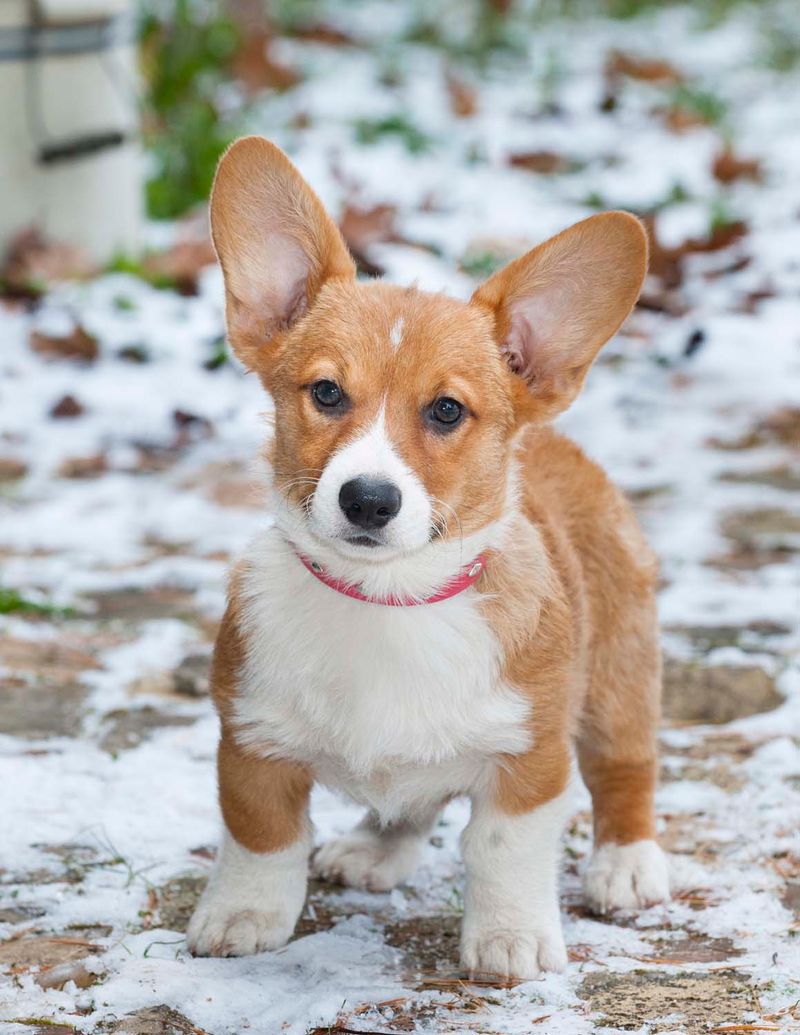
Of course, there's more to puppies than cute antics and snuggles. Puppies require time, attention, and plenty of patience as you navigate the joys of housetraining (and accidents), endless chewing (shoe, anyone?), and nocturnal wakefulness ("let's play!" at 3am). There's no denying that it's tiring and time-consuming, but the result—a happy, well-mannered puppy—is amply worth the effort.
The first week can be the toughest—here’s how to survive it
Tags:Country Critters

Acreage Life is part of the Catalyst Communications Network publication family.














